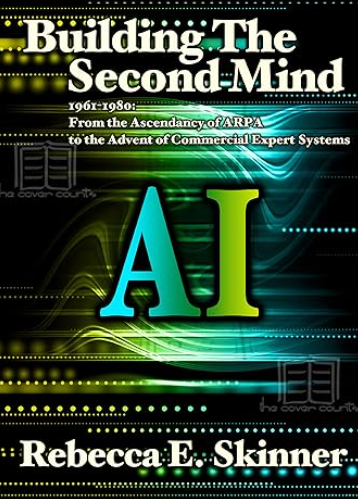- Регистрация
- 27 Авг 2018
- Сообщения
- 37,406
- Реакции
- 528,725
- Тема Автор Вы автор данного материала? |
- #1

The topic of Building the Second Mind, 1961-1980: From the Ascendancy of ARPA to the Advent of Commercial Expert Systems is the development during the 1960s and 1970s of AI, the field that sought to get computers to do things that would be considered intelligent if a person did them. In the late 1950s, the field was founded and began to undertake extremely rudimentary logic and problem-solving programs. In the 1960s, the immense growth in funding given to the field of computing, the development of integrated circuits for mainframe computing, and the increasing numbers of people in AI and in computer science in general, tremendously advanced the field. This is evidenced in more complex problem-solving, development of an understanding of the field of knowledge representation; appearance of fields such as graphic representation and problems-solving for more knowledge-intensive fields. Finally, the early integrated circuits of the 1960s gave way to microprocessors and microcomputers in the early 1970s. This heralded a near future time at which computers would be increasingly fast and ubiquitous. In a clear virtuous cycle, the enhanced cheapness of processing power and storage would encourage the proliferation of applications.
This work is a sequel to Building the Second Mind: 1956 and the Origins of Artificial Intelligence Computing, which studied this field from the distant prehistory of abstract thinking through its early formation as a field of study in the mid-1950s. Watching The advances of the 1960s and 1970s offers a vindication of the early efforts of AI’s founders- John McCarthy, Marvin Minsky, Allen Newell, and Herbert Simon.
INFORMATION PAGE:
DOWNLOAD:



